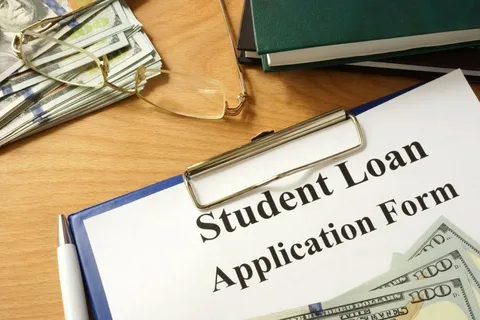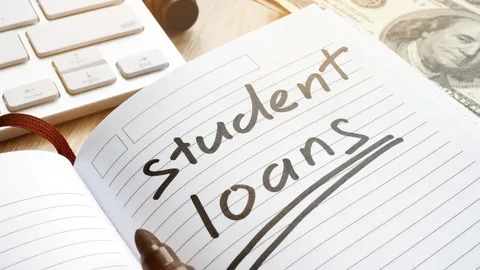Education is the most powerful weapon which you can use to change the world.” – Nelson Mandela
What Is Student Loan Forgiveness And Who Qualifies?: Student loan forgiveness has become a vital tool in helping borrowers reduce or eliminate their education debt burden. In a world where over 43.2 million Americans hold student loan debt, understanding what student loan forgiveness is and whether you qualify can change your financial trajectory.
According to Investopedia, student loan forgiveness refers to the cancellation of all or part of a borrower’s federal student loan debt. This means if you qualify, you may no longer be required to pay some or all of your loan.
Major Types Of Student Loan Forgiveness Programs
1. Public Service Loan Forgiveness (PSLF)
One of the most well-known programs is Public Service Loan Forgiveness, or PSLF. It is available to individuals working full-time in qualifying public service jobs (e.g., government or non-profit organizations).
To qualify for PSLF:
- You must make 120 qualifying payments under a qualifying repayment plan.
- You must work for an eligible public service employer during the period.
As of 2023, nearly 615,000 borrowers had received loan forgiveness through PSLF, reflecting growing success and awareness of the program.

2. Income-Driven Repayment (IDR) Forgiveness
Borrowers enrolled in income-driven repayment plans may qualify for forgiveness after 20 or 25 years of consistent payments, depending on the plan. Under the new SAVE plan introduced in 2023, lower monthly payments and quicker forgiveness are available for some borrowers.
According to StudentAid.gov, forgiveness through IDR can result in substantial savings for borrowers whose income does not grow significantly over time.
Other Forgiveness Options
There are additional programs like:
- Teacher Loan Forgiveness: Up to $17,500 for qualified teachers in low-income schools.
- Total and Permanent Disability Discharge
- Closed School Discharge
Borrowers should consult the Federal Student Aid website to understand which programs they might be eligible for.
Final Thoughts
Student loan forgiveness can be life-changing for many Americans, especially those working in public service or earning modest incomes. By understanding your eligibility and applying for the right program, you can take control of your financial future.
Frequently Asked Questions
What Is Student Loan Forgiveness?
Student loan forgiveness is a federal program that cancels a borrower's debt under specific conditions such as public service employment or long-term income-based repayment.
Who Qualifies For Student Loan Forgiveness?
Qualifications vary by program. Common eligibility includes working in public service, teaching in a low-income school, or making consistent income-based payments for a set number of years.
How Do I Apply For Student Loan Forgiveness?
Applications are processed through StudentAid.gov. You'll need employment verification and payment records for PSLF, or updated income details for IDR-based plans.
Is Student Loan Forgiveness Taxable?
Generally, forgiveness under PSLF is not taxable. However, other types of forgiveness, like some IDR-based plans, may be taxed depending on federal rules at the time of forgiveness.
Can Private Student Loans Be Forgiven?
No. Student loan forgiveness programs only apply to federal student loans. Private student loan borrowers must work with lenders for repayment assistance or refinance options.
What Is The Fastest Way To Get Loan Forgiveness?
Working in public service and applying for PSLF while enrolled in an IDR plan is one of the fastest routes—typically requiring 10 years of payments versus 20–25 years under other plans.
Does Forgiveness Affect My Credit?
Loan forgiveness can positively impact your credit score by reducing your debt-to-income ratio. However, missed payments prior to forgiveness may negatively affect your credit.

